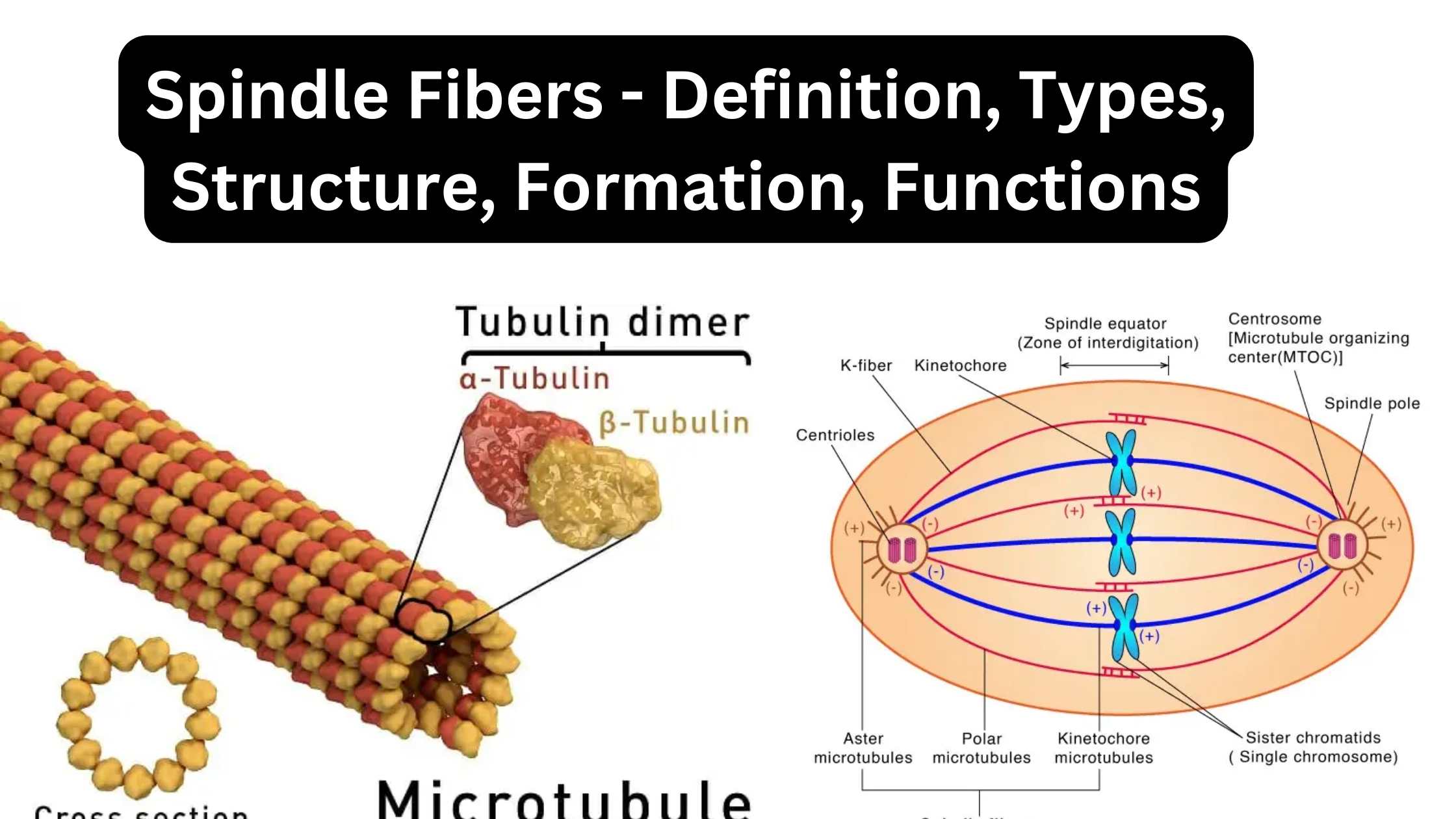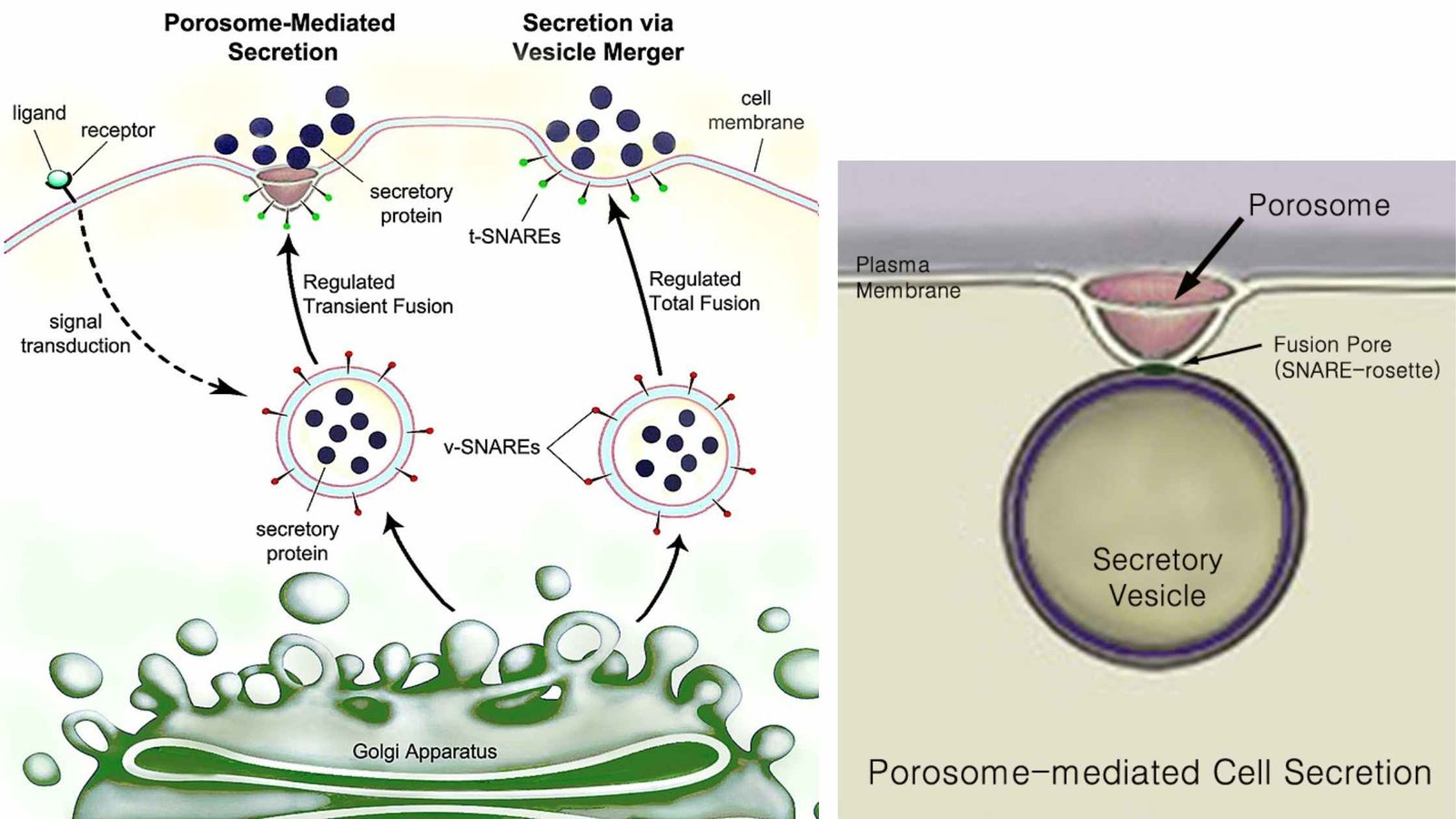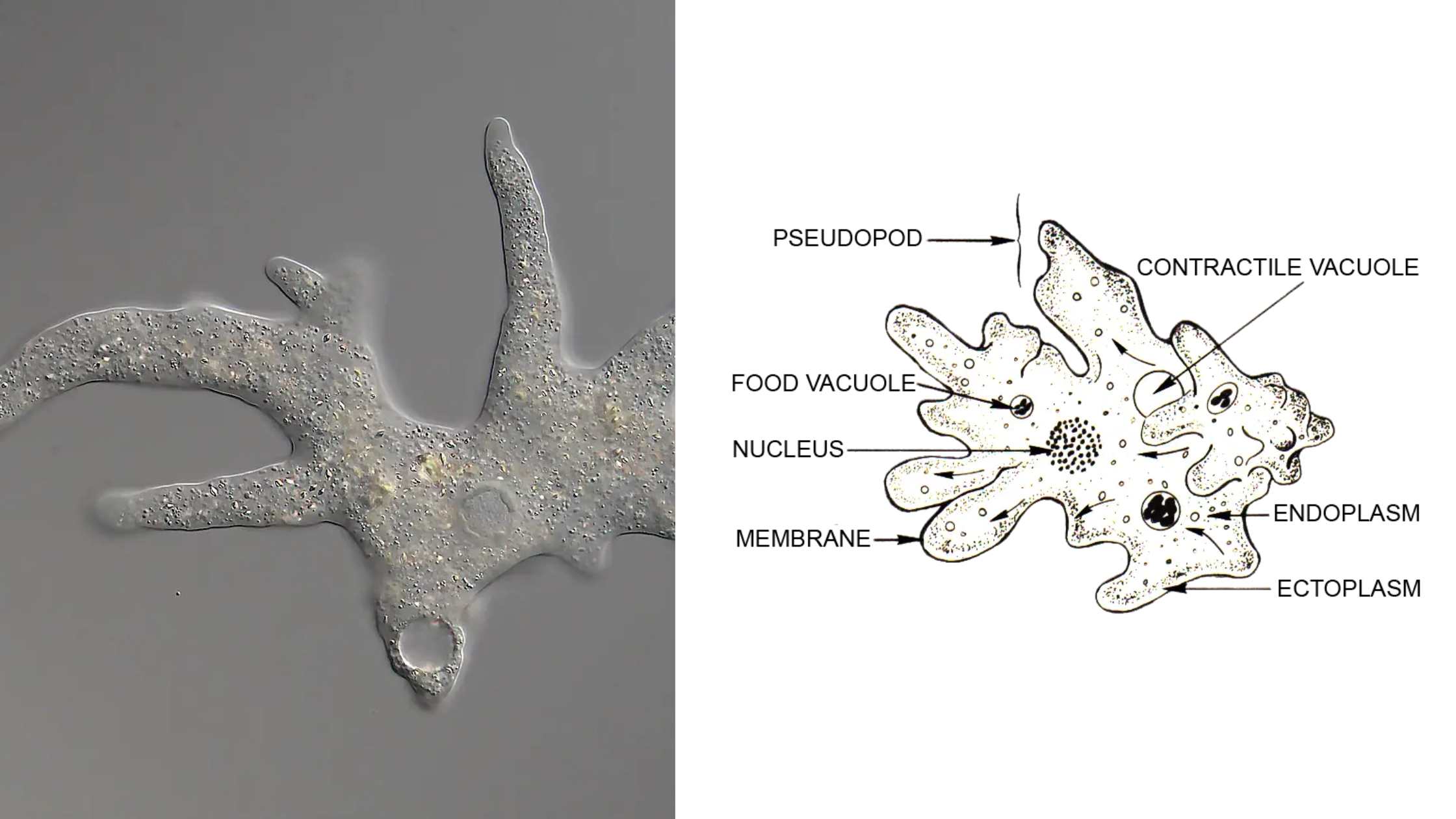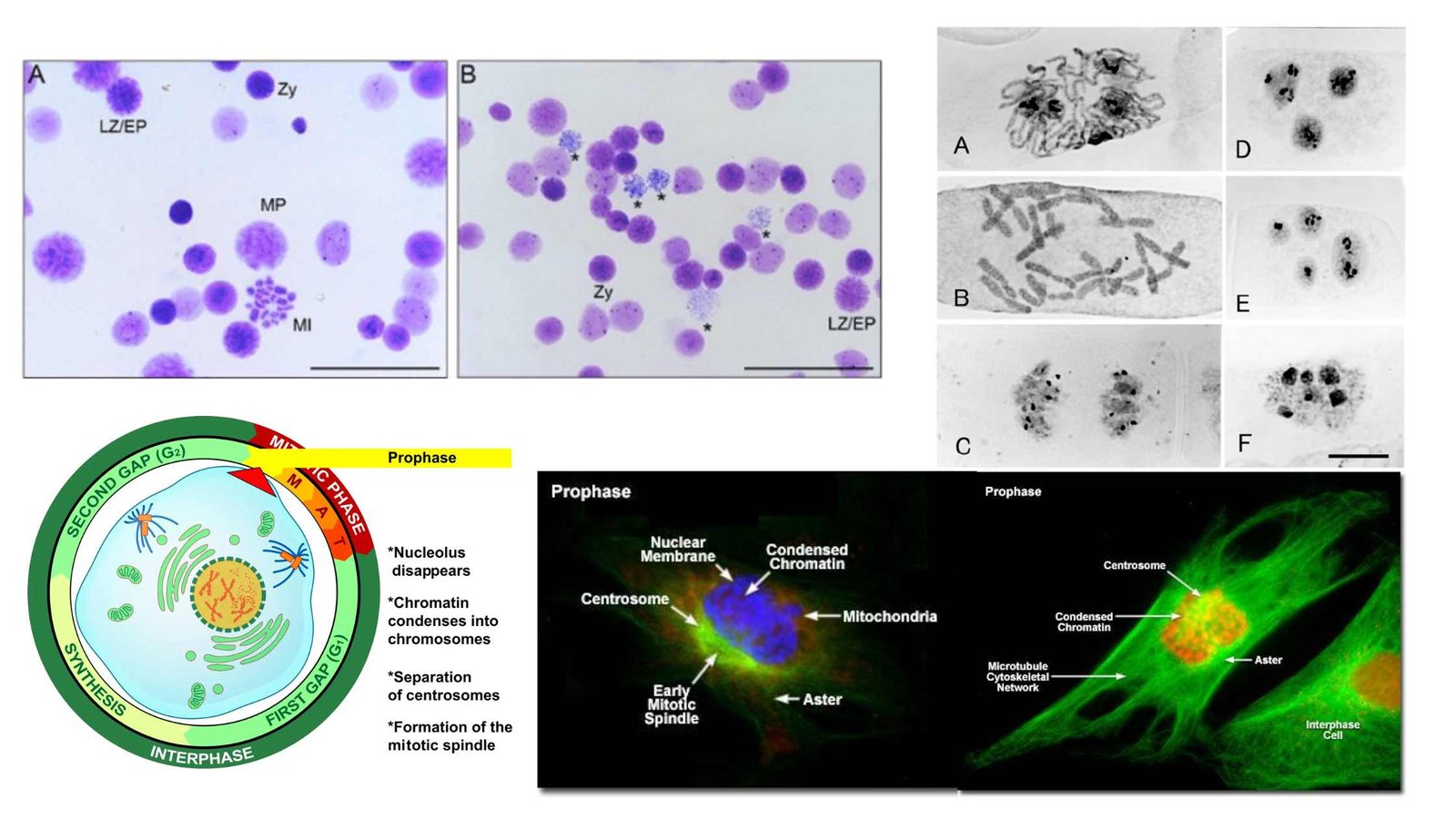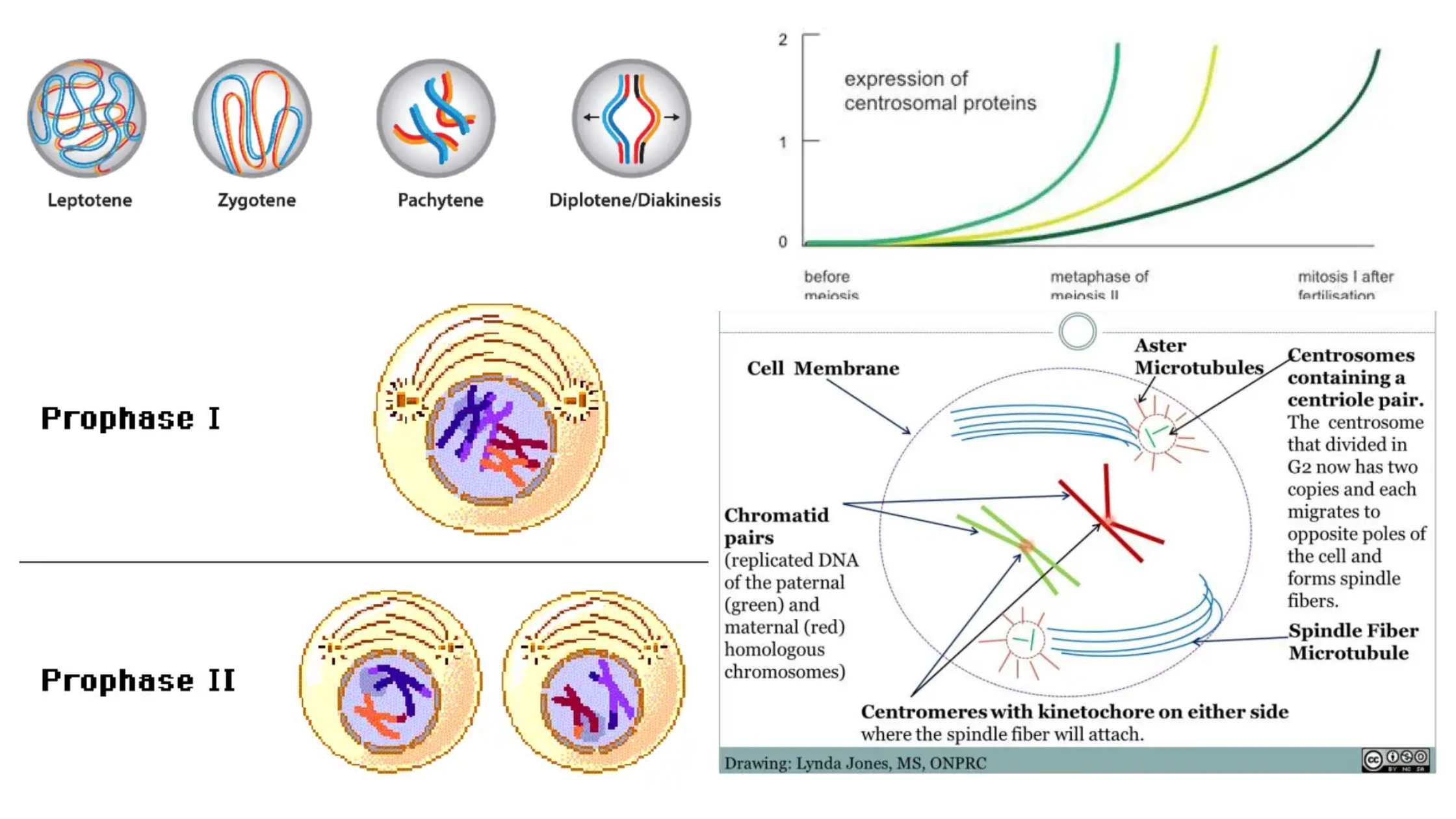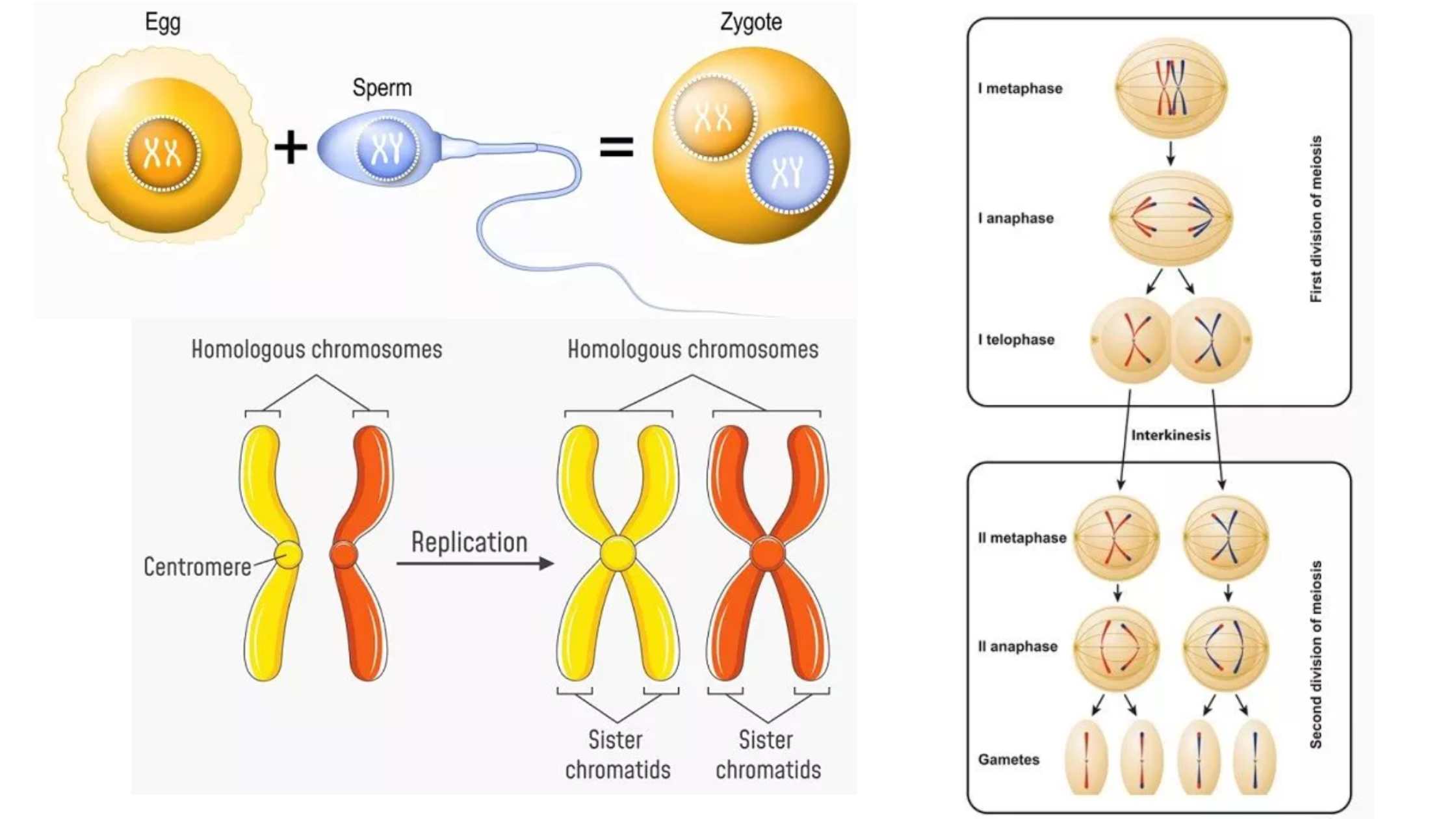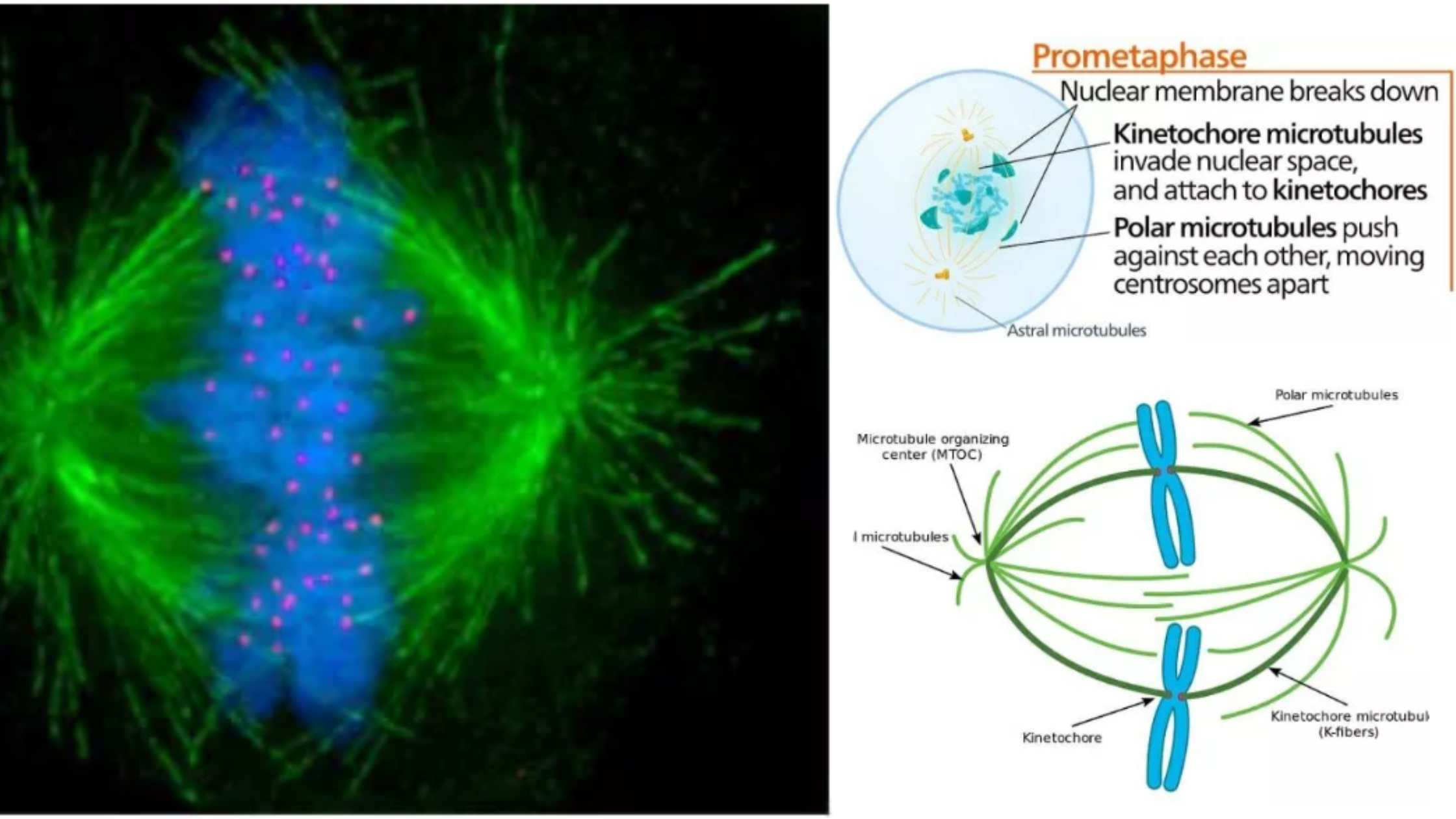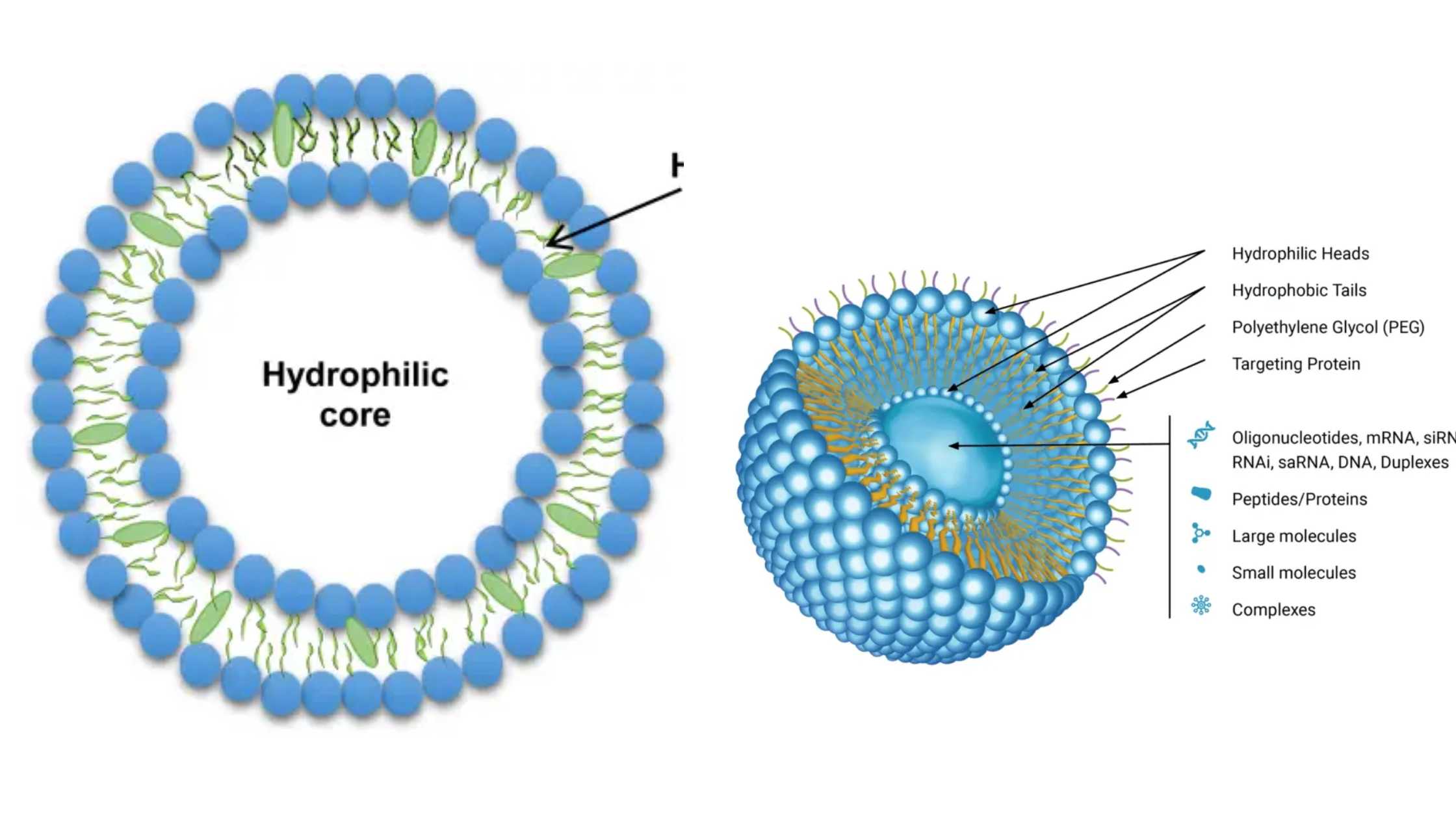Hand Washing Steps And Guidelines By CDC and WHO with Video and Infographic
Handwashing is a fundamental and essential practice in basic hygiene that helps to prevent the transmission and spread of infectious agents. Poor hygiene practices can have a significant impact on causing various infections, including those affecting the skin, respiratory tract, and gastrointestinal system. Respiratory and gastrointestinal infections are often associated with a lack of or … Read more

